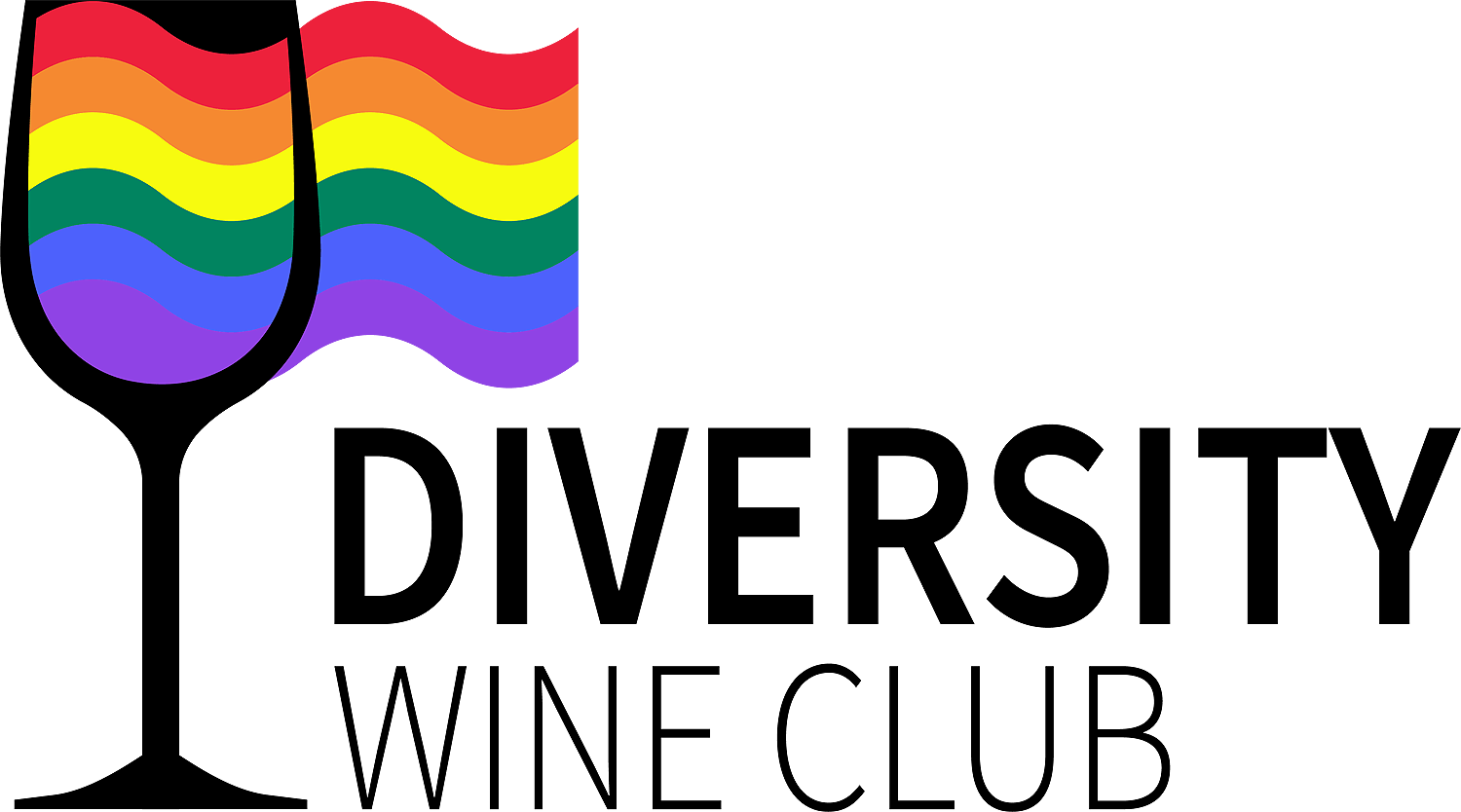Understanding Pride
Pride Month is a time of celebration and advocacy for the LGBTQ+ community and its allies. As we join in the festivities, it is essential to understand the terminology and symbols that represent the diverse identities within this community. In this blog post, we will provide a guide to LGBTQ+ terminology and symbols, helping to foster inclusivity and promote understanding.
1. LGBTQ+: Breaking Down the Acronym:
The acronym LGBTQ+ stands for Lesbian, Gay, Bisexual, Transgender, and Queer/Questioning. The "+" symbolizes the inclusion of other diverse sexual orientations and gender identities, such as Intersex, Asexual, Pansexual, and more. It recognizes that the LGBTQ+ community is rich and varied.
2. Sexual Orientation vs. Gender Identity:
Understanding the distinction between sexual orientation and gender identity is crucial. Sexual orientation refers to a person's romantic and/or sexual attraction, such as being attracted to people of the same gender (homosexual), different gender (heterosexual), or multiple genders (bisexual, pansexual). Gender identity, on the other hand, is an individual's deeply felt sense of being male, female, or something else, regardless of their assigned sex at birth.
3. Coming Out:
Coming out is how an LGBTQ+ individual discloses their sexual orientation or gender identity to others. It is a personal journey that varies from person to person. Coming out can be a powerful and liberating experience, but respecting each individual's choice and readiness to share their truth is essential.
4. Pronouns:
Pronouns are words used to refer to a person in the third person (he, she, they, etc.). It is vital to use the correct pronouns that align with a person's gender identity. Common pronouns include he/him, she/her, and they/them. Respecting and using someone's preferred pronouns is a fundamental way to show respect and support.
5. LGBTQ+ Symbols:
Symbols play an important role in representing the LGBTQ+ community. The rainbow flag, designed by Gilbert Baker in 1978, is one of the most recognized symbols. It consists of six colored stripes, representing diversity and inclusivity. Other symbols include the pink triangle, which originated from Nazi concentration camps and has been reclaimed as a symbol of LGBTQ+ resilience, and the transgender pride flag, featuring blue, pink, and white stripes.
6. Allyship:
An ally is a person who supports and advocates for the LGBTQ+ community. Allies play a crucial role in creating inclusive environments. They educate themselves, challenge discrimination, use inclusive language, and stand up against prejudice. Allyship is about actively supporting and amplifying LGBTQ+ voices and experiences.
Conclusion:
Understanding LGBTQ+ terminology and symbols is essential in promoting inclusivity and fostering empathy. By familiarizing ourselves with these concepts, we can create a more supportive and accepting world. Let us continue to educate ourselves, embrace diversity, and celebrate the beauty and resilience of the LGBTQ+ community during Pride Month and beyond.
